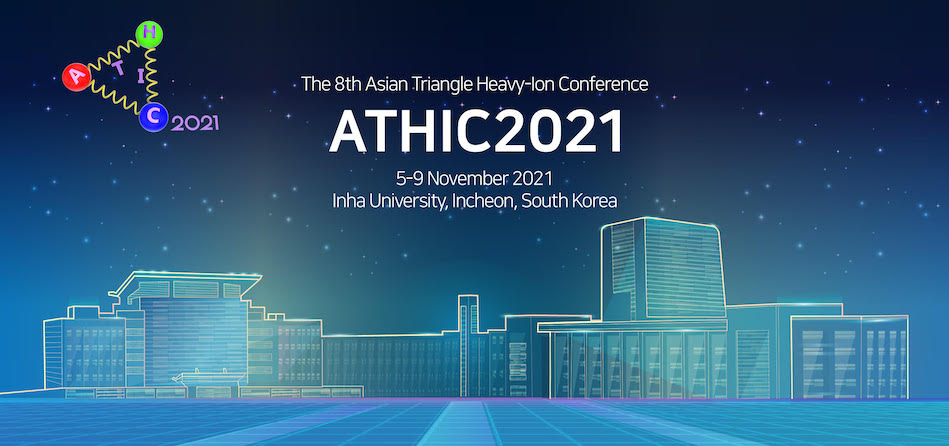Speaker
Description
The goal of the ALICE experiment is to investigate the quark-gluon plasma (QGP), a state of matter in which quarks and gluons are deconfined. Heavy quarks, charm and beauty, are efficient probes of the properties of the QGP since they are predominantly produced in initial hard scattering processes, and subsequently interact with the medium. In particular, beauty production can be utilized to study the mass dependent in-medium energy loss by comparison to charm production. The measurement of beauty production in pp collisions provides an important test of perturbative QCD calculations at the LHC energies and can be used as a reference for measuring the nuclear modifications. The measurement in p--Pb collisions is crucial to investigate the effects of cold nuclear matter (CNM) on their production.
In this contribution, the $p_{\rm T}$-differential cross section of electrons from beauty-hadron decays, b-jet, and non-prompt D mesons in pp collisions at 5.02$\,$TeV is reported. In addition, the nuclear modification factors of the beauty-hadron decay electrons and non-prompt D$^{0}$ and D$_{\rm s}^{+}$ mesons in Pb$-$Pb collisions at 5.02$\,$TeV are presented. The nuclear modification factor of b-jet in p$-$Pb collisions at 5.02$\,$TeV is also shown.




